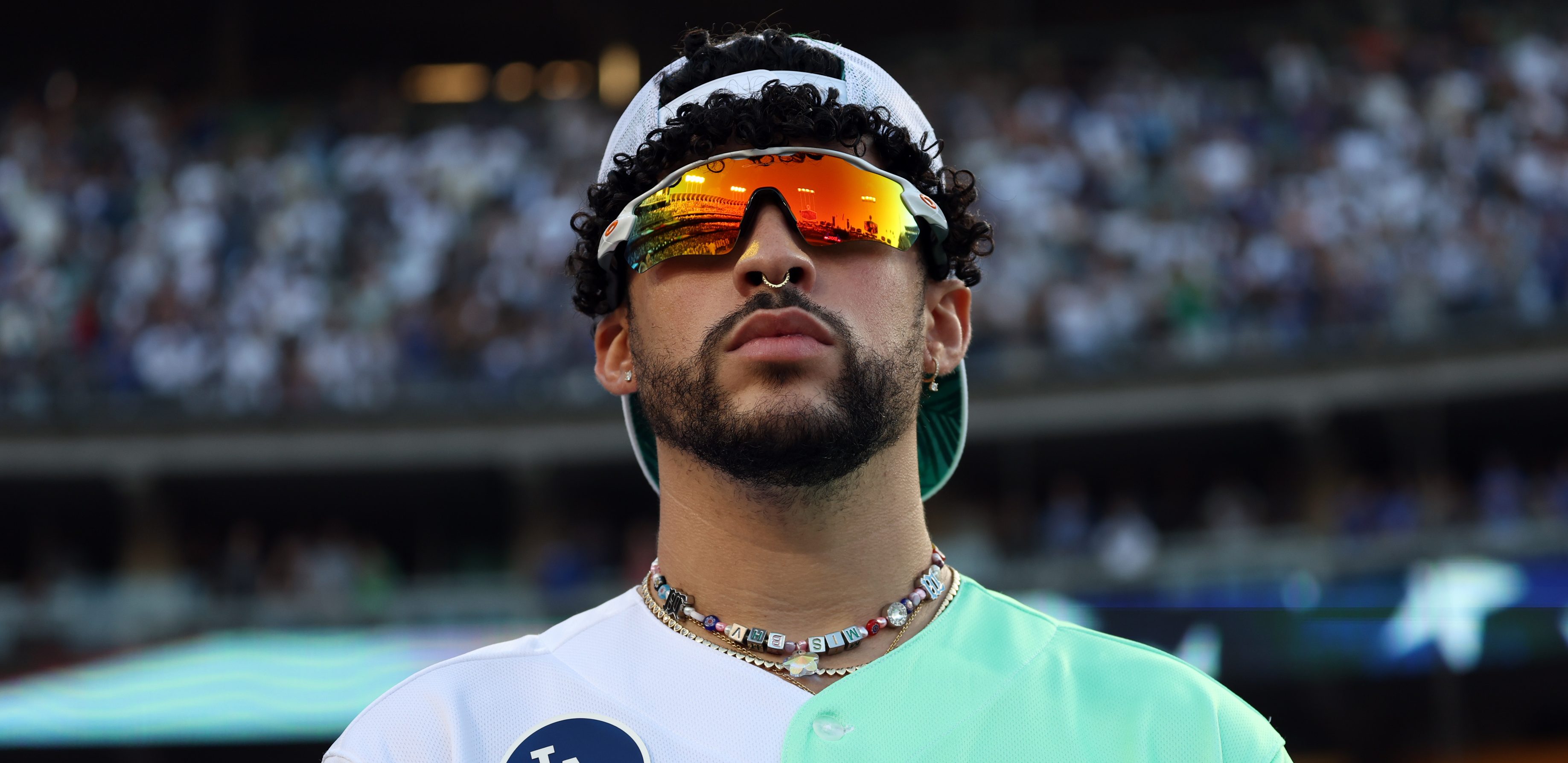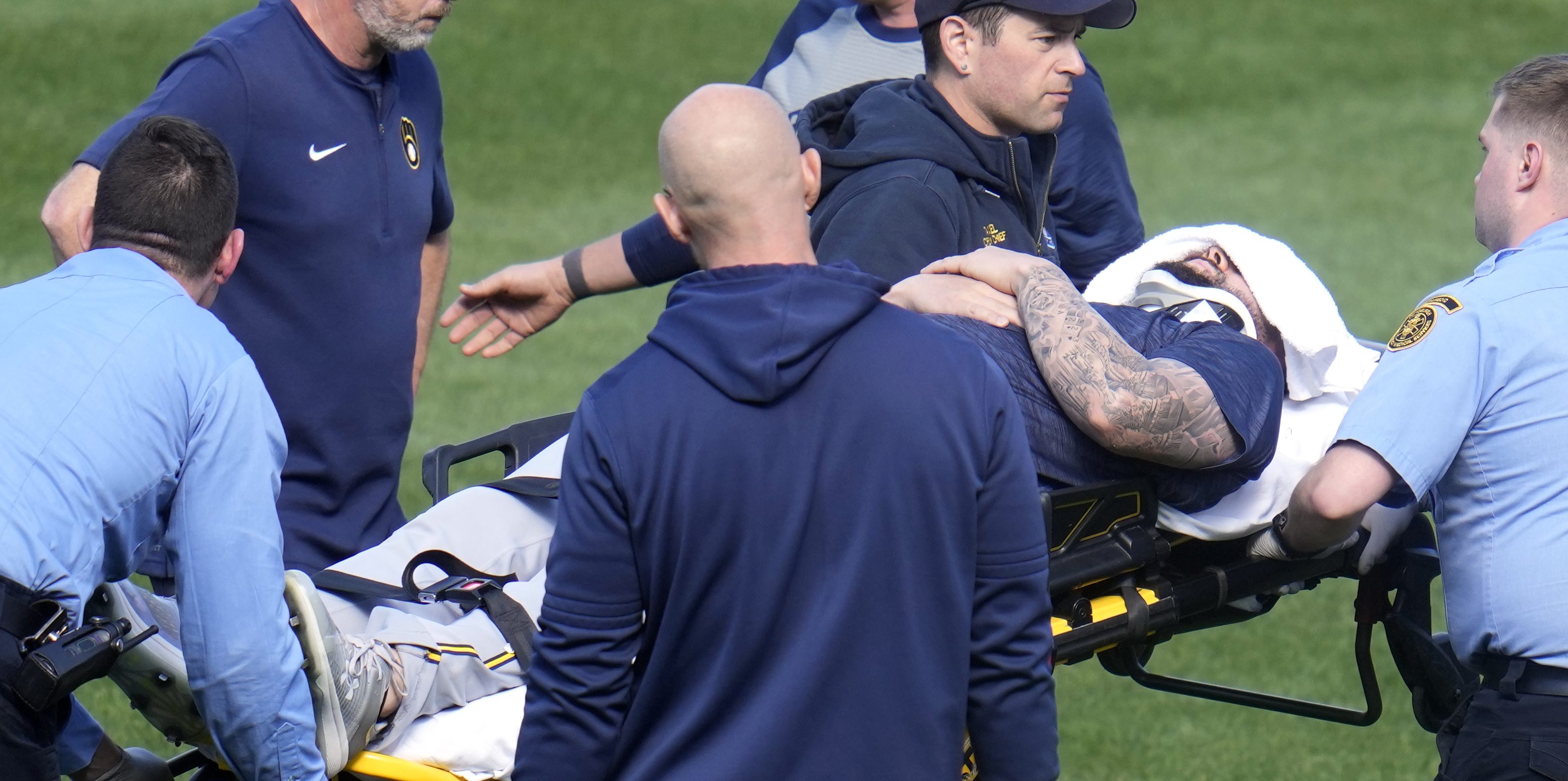What's the deal with all the catcher interference calls on Yasmani Grandal?
The White Sox backstop has flummoxed fans with an unusual number of interference plays, which involve a batter hitting his glove on the swing and being awarded first base. It goes down as an error in the scorebook, and Grandal has been saddled with three of them so far this season, including two in one night earlier this week against the Cleveland Indians.
Grandal came to the White Sox with a reputation as one of the game's elite framers behind the plate and one of the game's great defensive catchers, something that was backed up when he was named a Gold Glove finalist in his first year on the South Side.
Stay in the game with the latest updates on your beloved Chicago sports teams! Sign up here for our All Access Daily newsletter.
RELATED: How TA turned Hamilton from a runner to 'Billy the hitter'
But someone with that kind of track record shouldn't have three catcher interference calls this early in the season.
So what's happening? According to Grandal it's a combination of that much ballyhooed framing ability and the use of a new catching stance that's intended to make things easier on his knee, which was injured during the spring. He's still getting used to doing his typical framing work in that new stance.
"I usually get one (catcher interference call) a year," Grandal told reporters Friday. "But having to change my catching stance, it's been definitely a work in progress, having to figure out and understand exactly how far out I can get.
MLB
"Until I feel like I'm 100 percent ready to get back to my regular stance, it's probably going to be down in a one-knee stance for a while.
"I think I have a pretty good feel for it right now. At times, it gets a little off, just because the timing gets off. But it's all a matter of time and a matter of being behind the plate in that certain stance and getting certain pitches to certain zones and things like that."
Grandal said he's not exactly sure how to fix the current rash of catcher interference calls. A numbers guy like Grandal figures to take a more analytical route to figuring out how he needs to frame in this different stance.
"I quite frankly don't know," Grandal said. "The good thing for us is that in spring training, we went through our whole science lab and started figuring out what our dynamic reach was and how we were able to receive the ball better. So we'll have to go back and look at the numbers and see how far back I can go in order to still be within reach of still being able to be elite at framing.
"It's a work in progress, but I'm not too worried about it."
Considering how strong Grandal has been defensively throughout his career, something like this should be treated like a slow start at the plate for someone like, say, José Abreu. It's a pretty safe bet that, to borrow an oft-used idiom, water will find its level.
At the same time, the stance change has not been all bad, and Grandal envisions developing a something of a mixture of his regular stance and the new one to get the best of both worlds.
"The one thing I have seen that is helping out the most is being able to block. It's helped me out blocking a lot, it doesn't take a toll on your body as much as the other stance would," he said. "That's why the idea of having a hybrid and maybe going 50-50 with it — 50 percent of the time in my regular stance and 50 percent down on a knee — might be a good idea.
"We'll go back to the numbers. We'll go back to which side I do the best in which stance and turn it into a hybrid.
"From there on, I feel like the sky might be the limit."
Click here to subscribe to the White Sox Talk Podcast for free.


